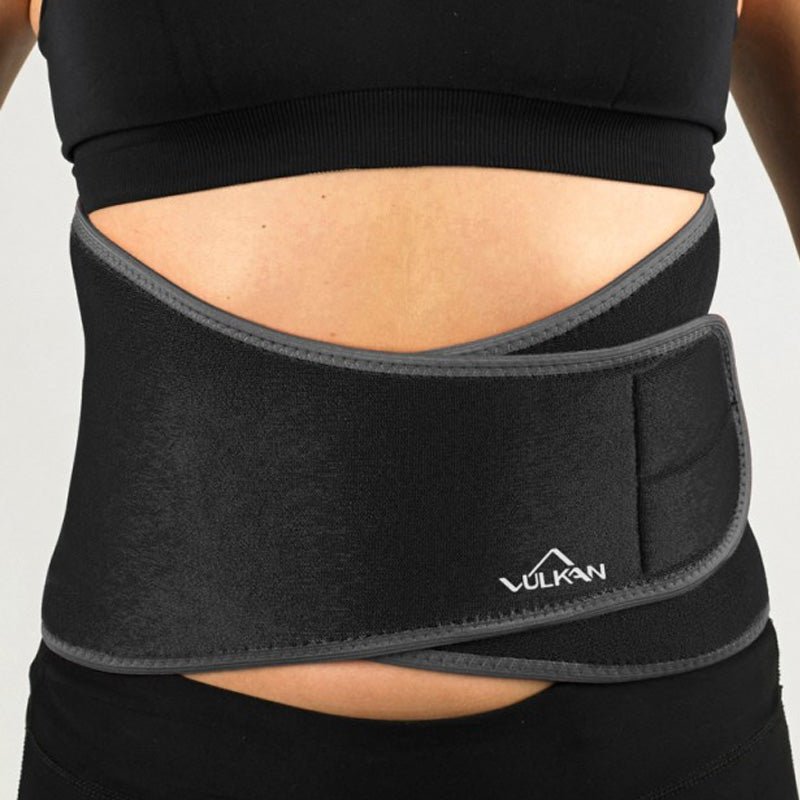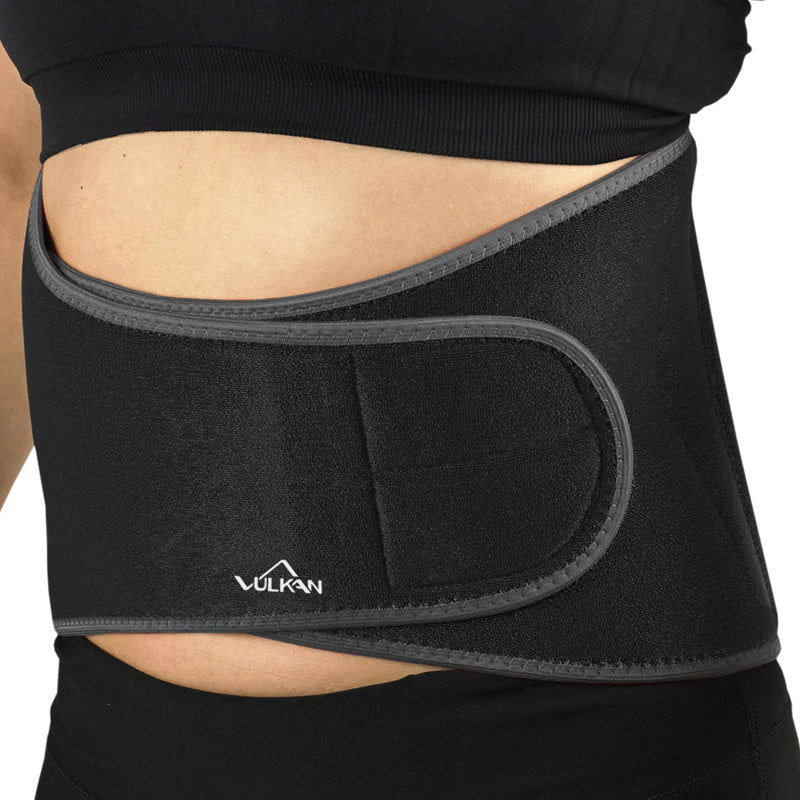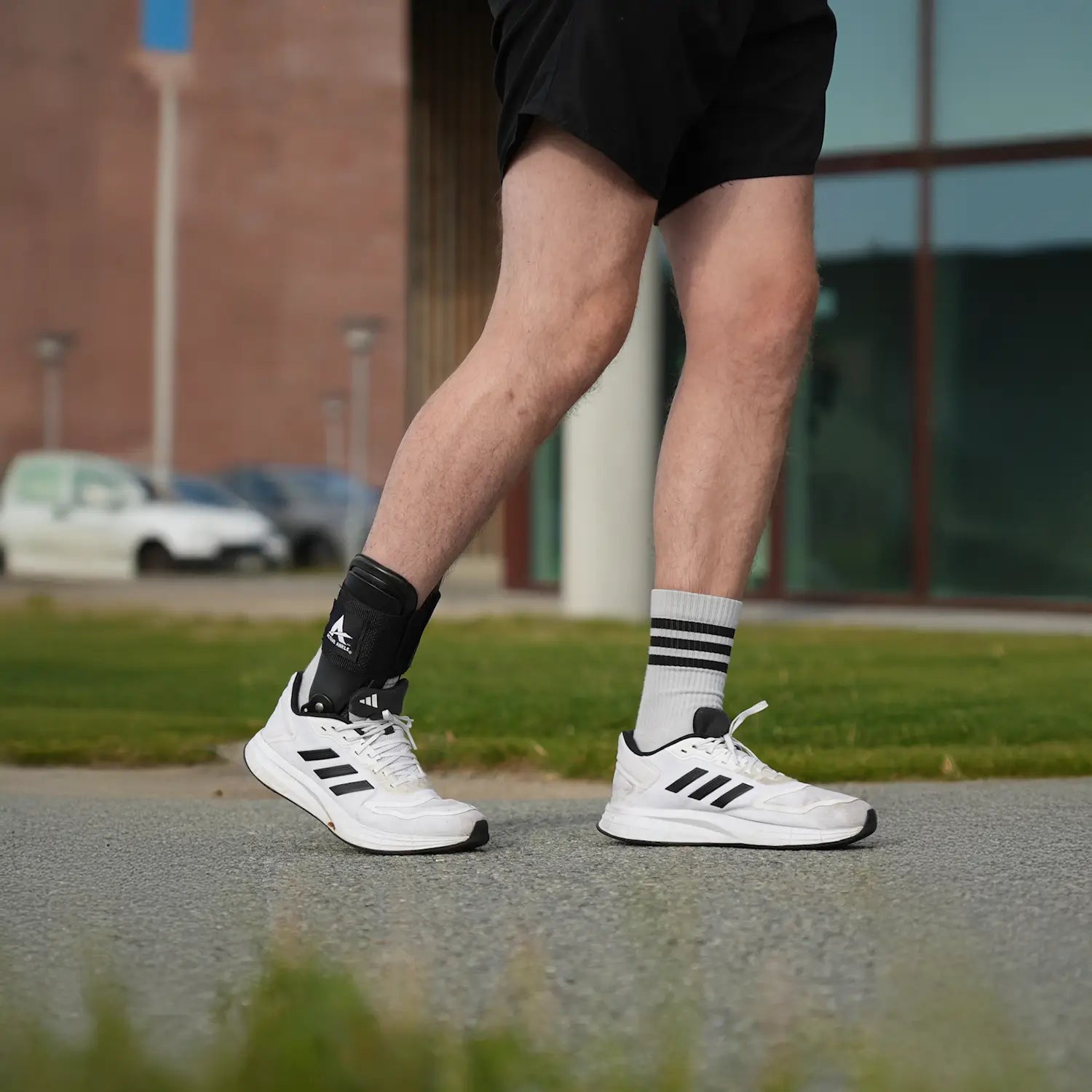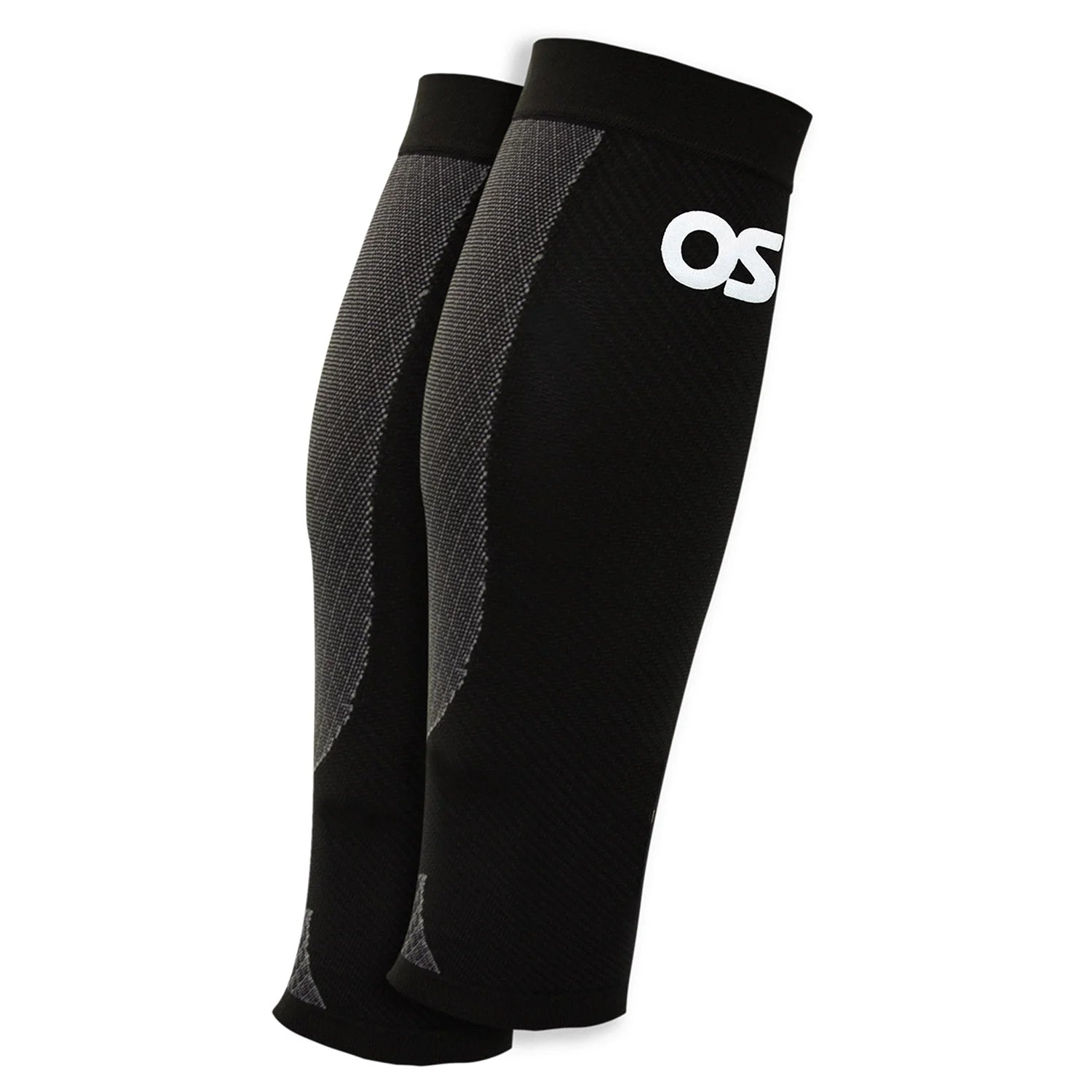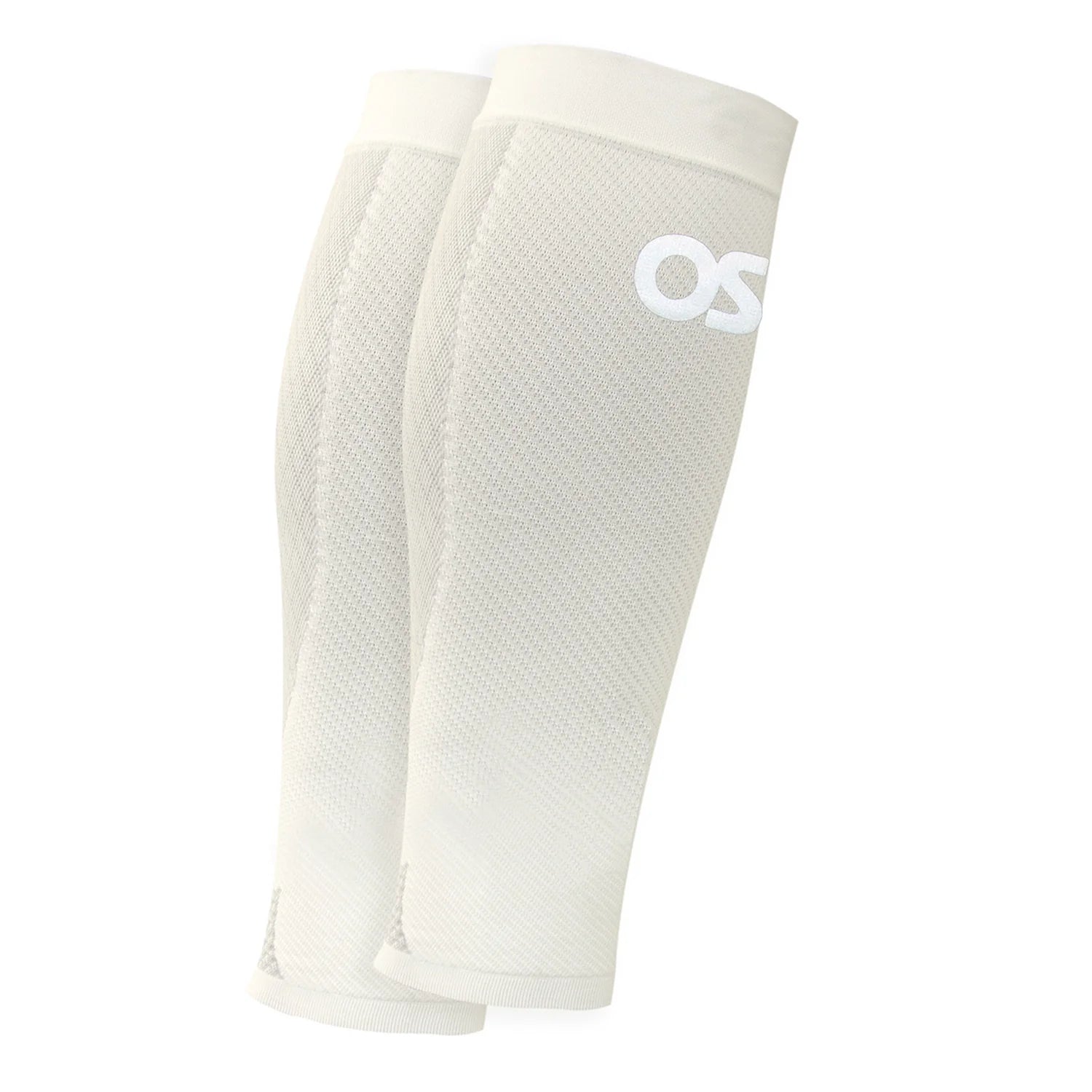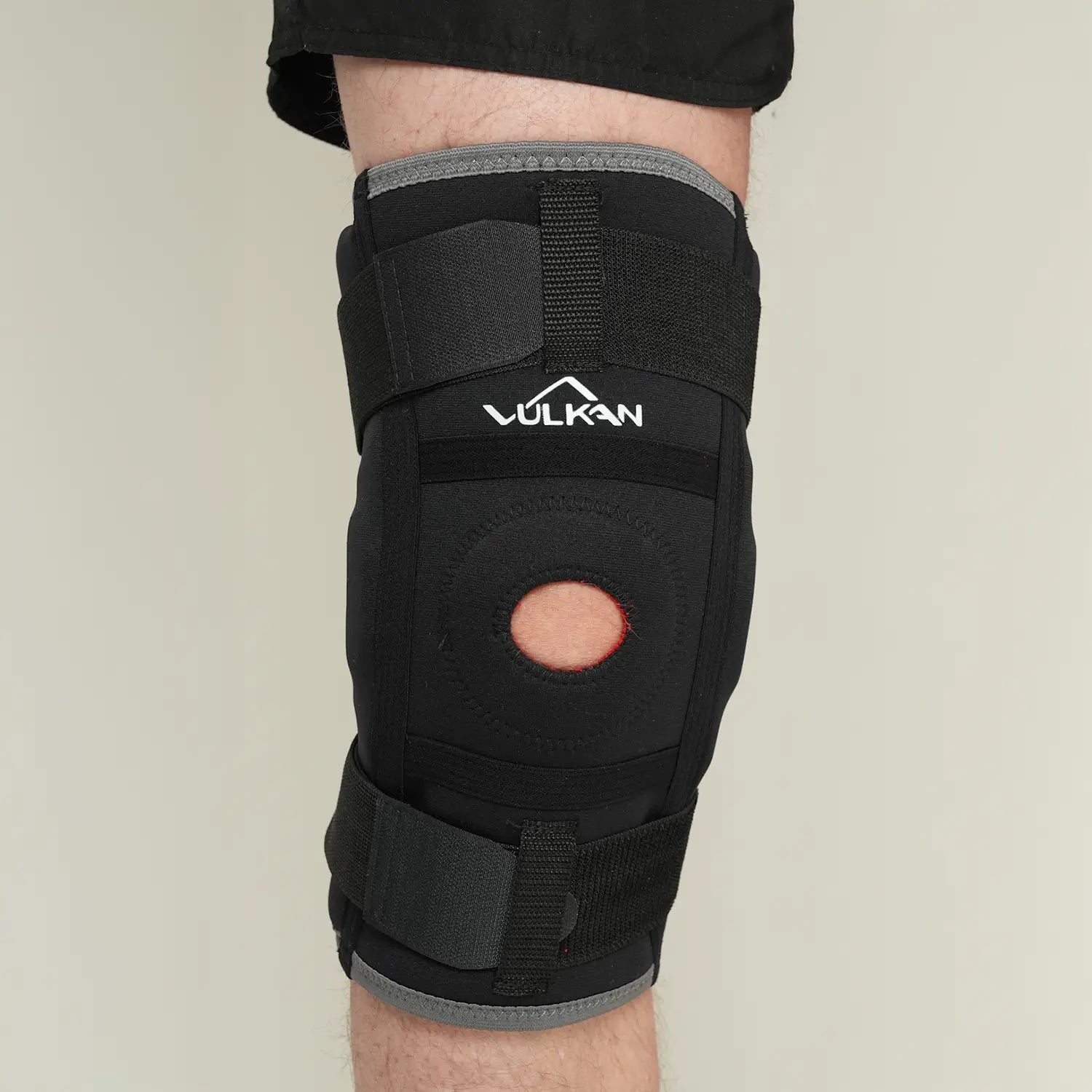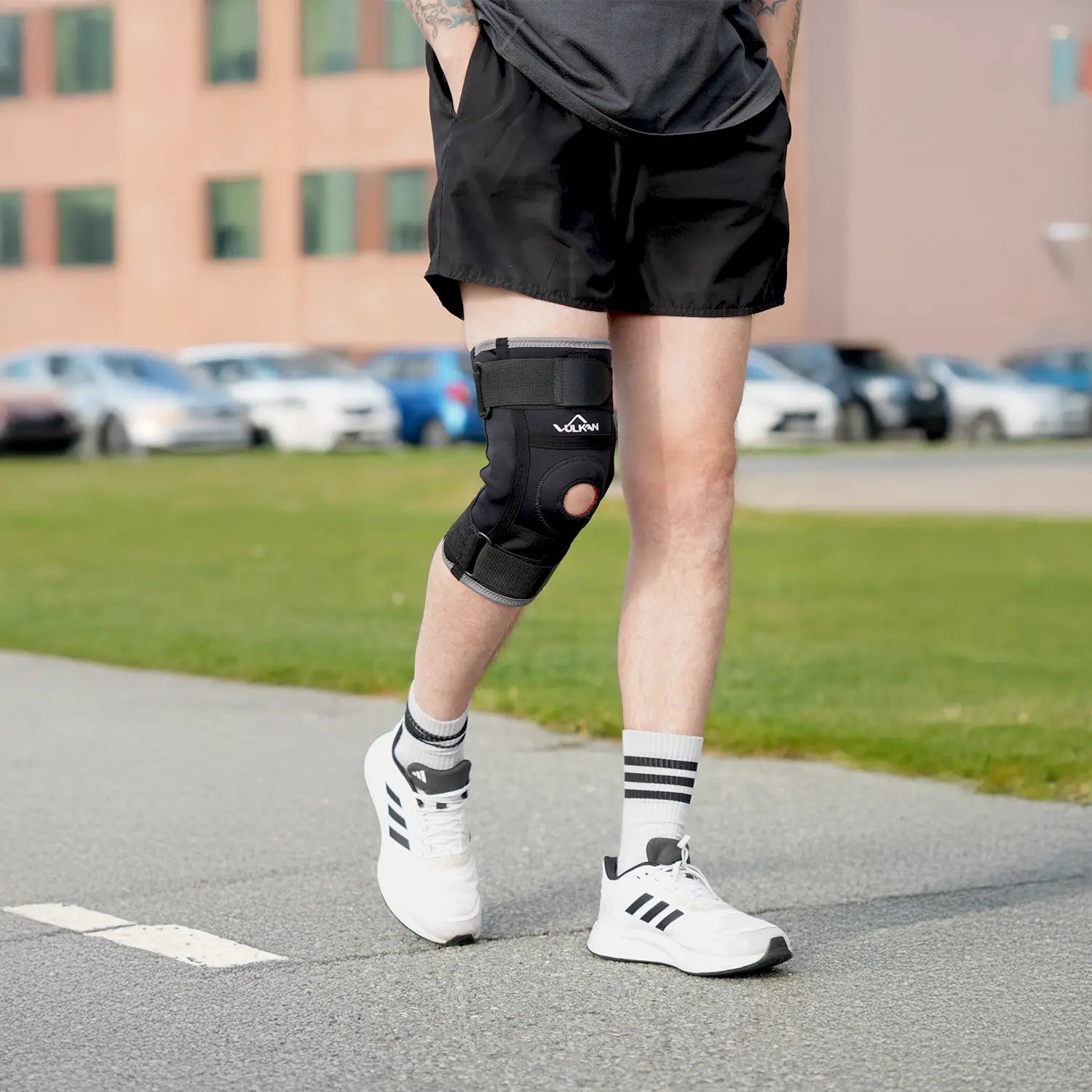
Osteoarthritis of the knee
Osteoarthritis of the knee, understanding the symptoms and finding the right treatment
Osteoarthritis of the knee is one of the most common joint diseases and affects people of all ages, although the risk increases with age. The disease involves the gradual breakdown of joint cartilage, which causes the joint surfaces to have less sliding ability and increases the load on the joint. This often leads to pain, stiffness and reduced mobility, which can affect everyday activities such as climbing stairs, getting up from a chair or taking longer walks.
Common symptoms
The pain of osteoarthritis in the knee often comes on gradually. At first, it can be felt during longer walks or after physical activity, but over time, the pain can also occur at rest. Stiffness, especially in the morning or after sitting still for a long time, is common. Many people experience swelling and a feeling that the knee does not feel stable. Sometimes a cracking sound is heard when the joint moves.
Causes of osteoarthritis in the knee
Osteoarthritis develops slowly and can have several causes. Age is a strong risk factor, but previous knee injuries, repeated overload and heredity can also contribute. Being overweight increases the load on the knee joints and is a common contributing factor. Certain professions and sports where the knees are exposed to heavy loads or a lot of twisting movements can also increase the risk.
Treatment and self-care
Although osteoarthritis cannot be cured, there are many ways to relieve symptoms and slow down the progression. Regular physical activity is one of the most effective measures. Strengthening the muscles around the knee reduces the strain on the joint. Exercising in water is gentle and can be a good alternative for more pronounced problems.
Pain relief with heat, cold, or over-the-counter medications can make everyday life easier. Assistive devices such as knee braces provide stability and reduce pain when straining. An ergonomic knee brace can be used both during exercise and everyday activities to provide extra support.
Posture and relief
For many people with knee osteoarthritis, it is also important to think about posture. Poor posture can increase the strain on the knees, especially when walking and working in a standing position. A posture support or a posture vest can contribute to a more upright and stable posture, which in turn can reduce pressure on the knee joints and improve walking patterns.
Ergonomic adjustments
Small changes in everyday life can make a big difference. Choosing shoes with good shock absorption and a firm heel grip reduces the strain on the knee joints. Feel free to use walking aids for longer walks if the pain is noticeable. For work that involves a lot of standing, a soft work mat can provide relief.
Exercises for osteoarthritis of the knee
Regular exercise strengthens the knee joint and improves mobility. The following exercises can be performed at home:
- Seated leg stretch – Sit on a chair, extend one leg and hold for three seconds. Repeat ten times per leg.
- Wall squats – Stand with your back against a wall, bend your knees slightly, and hold for 5–10 seconds. Repeat ten times.
- Standing Heel Lifts – Stand firmly and slowly lift your heels. Lower back down and repeat 15 times.
- Lying Side Raise – Lie on your side and slowly lift your top leg. Lower back down and repeat ten times per side.
Return to activity and prevention
Continuity is key with osteoarthritis. Avoid sitting still – move regularly and vary activities to protect the knee joint. Knee supports provide extra support when under strain and are particularly useful when walking or playing sports. Wearing ergonomically designed shoes with good cushioning protects the joints. Regular follow-ups with a physiotherapist ensure that the training is effective. Weight loss if overweight provides direct relief from the strain. Small changes in everyday life, such as using the stairs instead of the elevator alternately, strengthen muscles and joints in the long term.
When is surgery needed?
Despite careful conservative treatment, pain often persists. In cases of severe osteoarthritis that impairs quality of life, an orthopedist may often recommend knee replacement or other surgical procedures. Surgery can provide good results for pain relief and function, but rehabilitation is long and requires patience. Decisions about surgery are based on individual assessment and desired effect. Begin your assessment by contacting 1177 for advice and what the next steps are.
Our recommended products for knee osteoarthritis
A knee brace can provide stability and reduce pain during activity. For extra comfort, shock-absorbing insoles or ergonomic shoes can help reduce strain. A posture brace can be a complement to improve posture and reduce strain on the knee joints.
What aids can provide relief?
Knee braces, shock-absorbing shoes, walking aids, and posture supports are common options.
What causes osteoarthritis in the knee?
Age, previous injuries, obesity and heredity are common causes.
Can exercise help with knee osteoarthritis?
Yes, proper exercise strengthens muscles and reduces strain on the joints.
Are knee supports good for osteoarthritis?
Knee supports provide stability and can reduce pain during activity.
Can osteoarthritis go away on its own?
No, but the symptoms can be alleviated and the progression slowed with the right treatment.
What type of training is best?
Strength training, balance exercises and water aerobics are gentle and effective.
Is posture support good for knee osteoarthritis?
Yes, it can reduce oblique strain and improve gait patterns.
When should I seek medical attention?
If the pain is severe, persistent or affects your ability to move.






